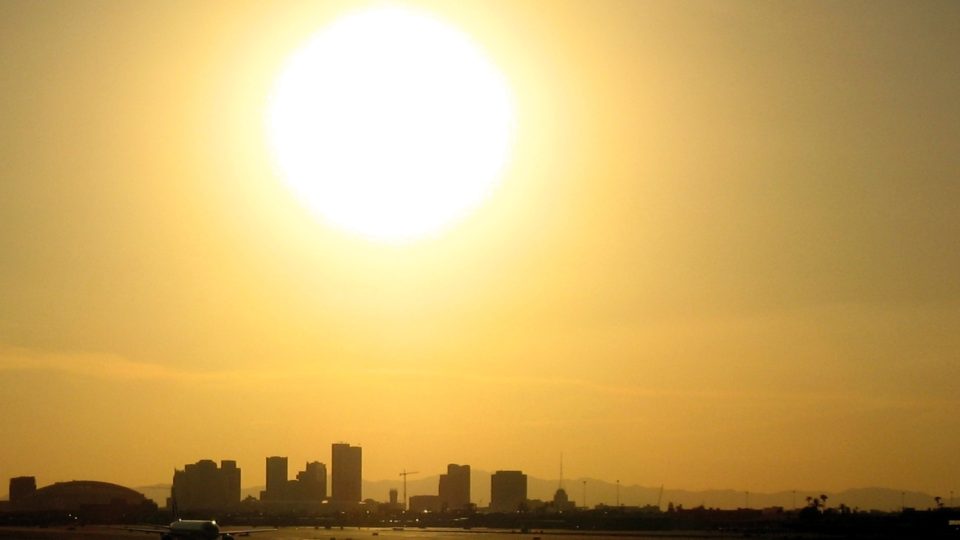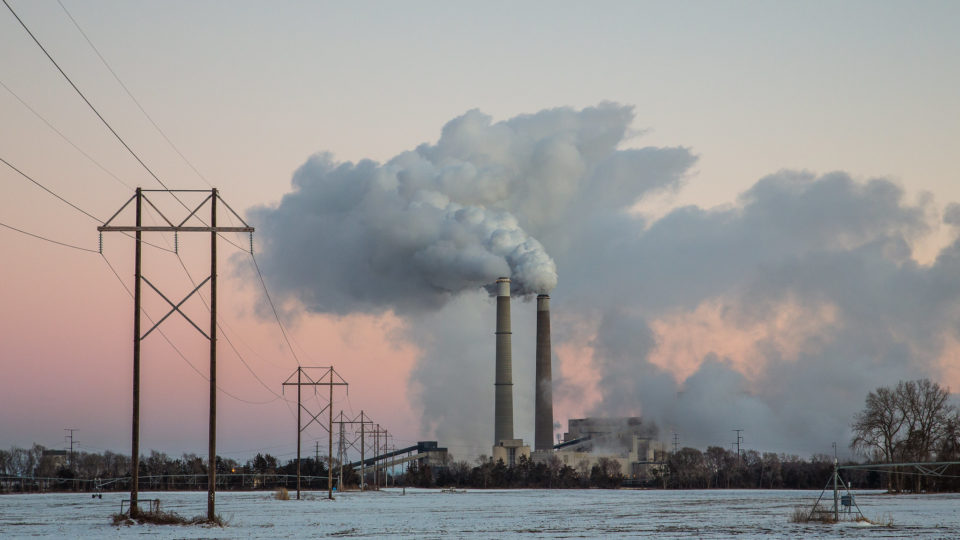There have been some blistering heatwaves this summer – in Europe, in the Middle East, and here in the United States. A new report by the Union of Concerned Scientists projects that within the next 20 years, millions of people in the United States could be exposed to dangerous “off-the-charts” heat index conditions of 127 degrees Fahrenheit or more. Within 60 years, over one-third of the population could be exposed to such conditions.
Extreme heat kills hundreds of people every year across the U.S. Our bodies’ natural cooling process is affected by humidity and the combined heat index measures the impact of high temperature and high humidity. When the combined heat index reaches 90 degrees, it is considered to be a “dangerous day”, when many groups of people are at serious risk.
Because of the warming climate, the number of dangerous days has been increasing in many parts of the country. Unless there is success in limiting the effects of climate change, by 2050, even relatively temperate cities like Detroit, Minneapolis, New York, and Chicago will have 50 or more dangerous days a year. Places like Dallas, Houston, Phoenix and Miami will experience dangerous days for half of the year.
The National Weather Service’s heat index goes up to 127 degrees Fahrenheit. But in as soon as 20 years, the Southeast, Southern Great Plains, and Midwest will begin to experience days that are so hot that they are “off the charts.”
These extreme conditions could still be avoided with steep, rapid carbon emission reductions. But however successful we are going forward, the US will still be significantly warmer than today with 85 urban areas exposed to 30 or more days with a heat index above 105 degrees, compared with just three urban areas historically.
**********
Web Links
‘Off-the-charts’ heat to affect millions in U.S. in coming decades
Photo, posted August 8, 2008, courtesy of Flickr.
Earth Wise is a production of WAMC Northeast Public Radio.


